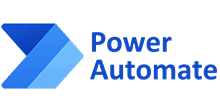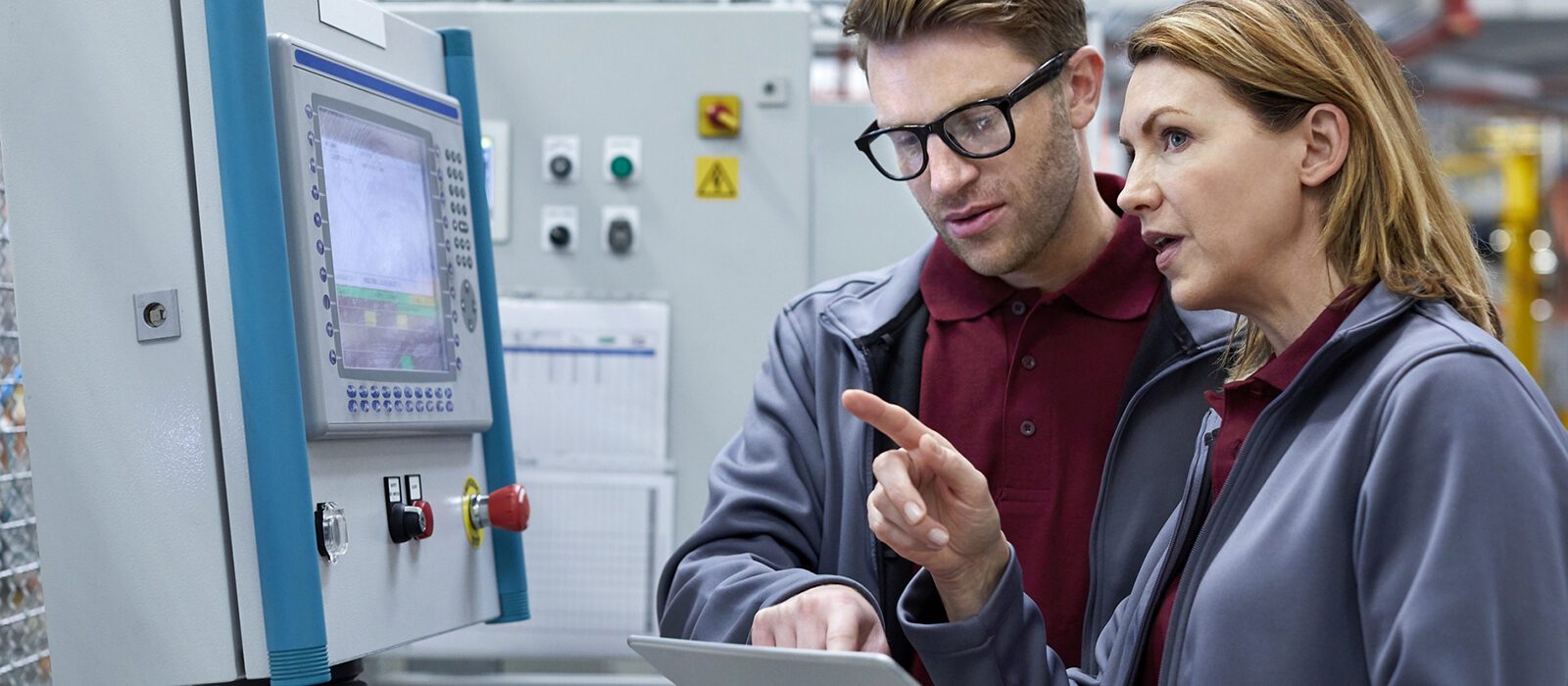

$22B
RPA market expected by 2025 according to Forrester
300 hrs
saved per use case, per month in RPA implementations
99%
RPA execution success rate

Our preferred RPA technologies.



